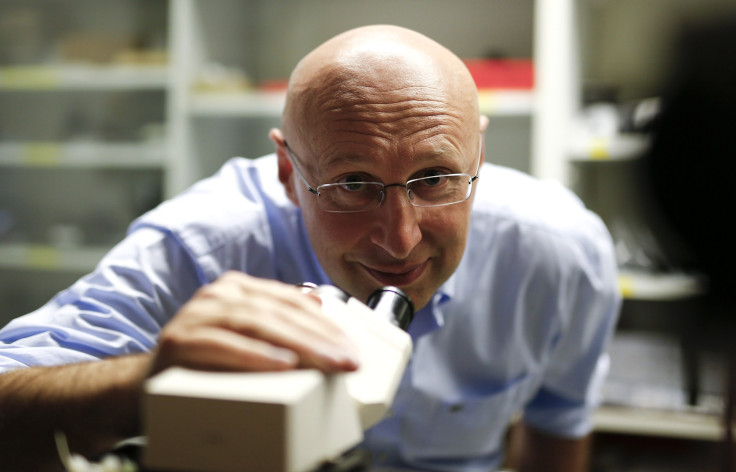Revolutionary nano-thermometer: Scientists develop world’s smallest DNA thermometer 20k times thinner than human hair

Heated DNA always unfolds, and scientists at the University of Montreal used this knowledge to develop the world’s smallest thermometer out of DNA. This can revolutionise nanotechnology.
The thermometer is fully programmable and thinner than a human hair. Nanotechnology involves manipulation of matter at the atomic and molecular levels and engineering. It has a wide range of applications across fields of chemistry and physics. This nano-thermometer is indicative of nanotechnology’s potential.
According to the study, the nano-thermometer will be the answer to the long-standing problem of monitoring temperature changes within the extremely small-scale structures used in nanotechnology. Existing tools are too big to do such a thing. As pointed out, the idea for this revolutionary product came from a 60-year-old discovery that DNA molecules unfold when heated to certain temperatures.
Taking the same idea, the researchers engineered DNA structures that are capable of folding and unfolding at specific temperatures. RNA, proteins and other bio-molecules fold and unfold to provide temperature changes in living organisms. The researchers were inspired by these natural minute thermometers.
“In recent years, biochemists also discovered that biomolecules such as proteins or RNA (a molecule similar to DNA) are employed as nano-thermometers in living organisms and report temperature variation by folding or unfolding,” said professor Alexis Vallée-Bélisle, reports Science Daily.
The researchers are fine-tuning the product further so that it can be incorporated in new electronic devices. The thermometer will play a crucial role in answering a number of debatable questions in the field of technology and science. Devices such as this nano-thermometer may be used to create super-strong structures, repair cells and help nano-computing become more efficient.
“In the near future, we envision that these DNA-based nanothermometers may be implement in electronic-based devices in order to monitor local temperature variation at the nanoscale,” added Vallée-Bélisle.
The thermometer will also help in understanding biological functions better. For example, the human body maintains a temperature of 37 degrees Celsius. However, researchers are interested in knowing whether there are mass variations down at the nanoscale.





















